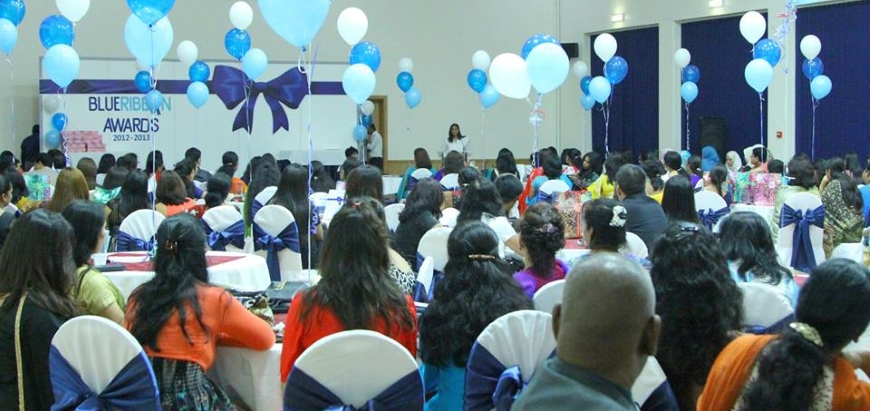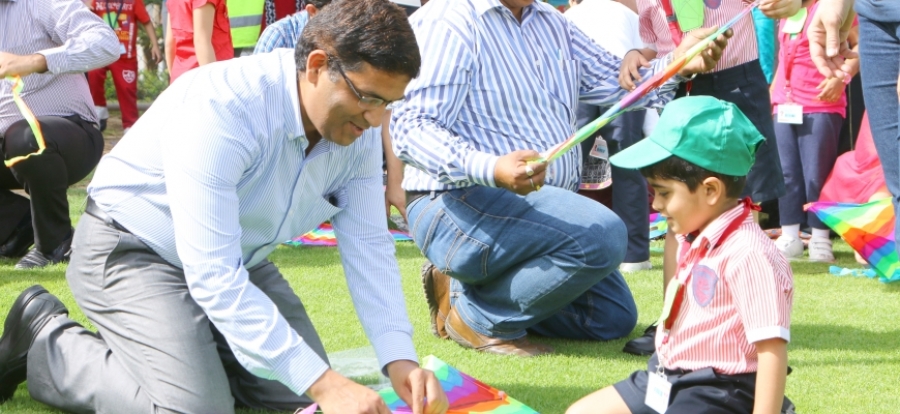Very recently our school, The Kindergarten Starters in Dubai, decided to open its doors to the parents in a way we had never done before. We welcomed them into classrooms to evaluate lessons and give us their feedback. One of the reasons it met with the success it did was that parents were eagerly waiting to be a part of this process of teaching and learning. They wanted their kids to succeed even more than we did, and we were keeping at bay thousands of people who would actually be able to help us achieve our goals.

There has to be buy-in if a culture has to change and there must be a need that is felt by all the people connected to that organization. As parents visited lessons, there were changes in perceptions. They began to understand the teaching learning process that hitherto lay hidden. They recognized challenges and, above all, they were helpful in providing constructive suggestions because they wanted the school in which their kids were studying in to become an even better place. We had placed our trust in them, and they returned that in ample measure. It became clear to us that changing a culture meant that everyone who were associated with the organization had to embrace that change. We were trying to effect changes keeping thousands of parents who were integral to our organization with a limited understanding of what was happening. Every person is key. Each one contributes to culture. We were not trying to cobble together what worked for others but we were trying to make a mosaic of all the patterns of thought that existed within our own organization.
 The Blue Ribbon Awards, a function to honour staff and their spouses.
The Blue Ribbon Awards, a function to honour staff and their spouses.
At times, when leaders look at effecting a cultural change, they try to do what others are doing in the hope that similar results will accrue. People have to live the behaviours that will result in the change and it will not happen if they don’t understand how these behaviours fit into their organization. Every organization is unique and must create its own culture; singularly different from all others, and as distinctive as your fingerprints.
The other thing I learned about culture is that it changes slowly and imperceptibly at times. It grows organically in pockets within a large institution, and sometimes it can engulf the entire populace because it is so relevant. Open Doors is a wonderful step in growing our culture, because we have embraced the parent community as an integral part of our growth process. Every parent’s thoughts and ideas are welcomed as we try to recognize how this is helping to shape our vision of our school. Cultures need to stay open and have outlets, else they tend to stagnate. Every person that comes into your culture ‘contaminates’ the minds with new ideas and we begin to think in new ways about old practices. This is a necessary part of growth in a culture. This is what adds and revitalizes the life in the organization.
 Sir Christopher Stone, our Chief Education Officer, interacting with students in a Kindergarten class.
Sir Christopher Stone, our Chief Education Officer, interacting with students in a Kindergarten class.
Finally, there is a need to sustain a culture even as it is growing. There is a need to prune and trim and guide the growth so that its shape inspires others to live that culture. When a culture is in place you look at things differently. You search for opportunities that will help your culture to grow further rather than jump into everything that looks like an exciting opportunity. Cultures usually don’t develop if there is nothing within to sustain that growth. You need challenge and opportunity. You need celebration and recognition. You need to let go off some things and embrace some others. Above all, you need to nurture that culture that is so unique to you. If you understand that people make cultures, then you need to nurture the people. You need to communicate ideas, be receptive to thoughts, reflect and refine. The process is unending but definitely worth your while as you create an organization that is singular- one that bears the collective stamp of its people.
How do you develop your own school culture? Let us know below.


